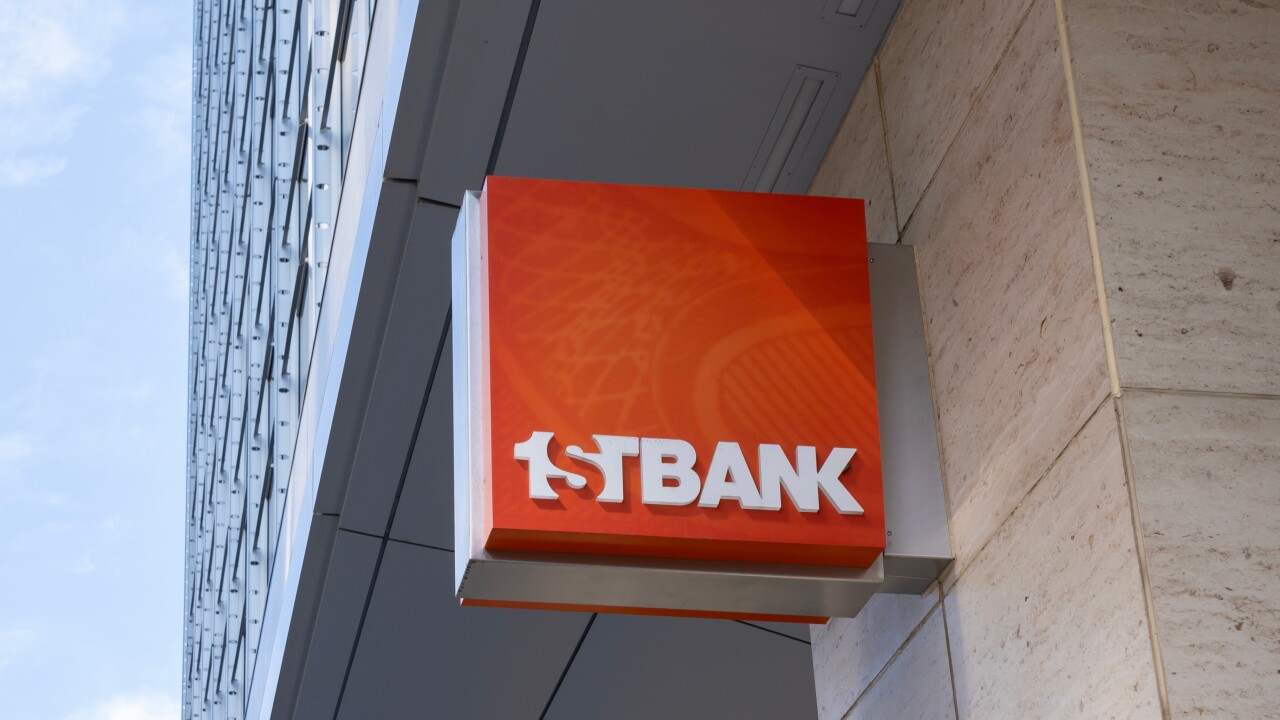Many banks have redesigned branches to resemble those of retailers like Starbucks Coffee Co., but Charter One Financial Inc. has invited the coffee chain to move in.
Two branches, in Albany and Rochester, N.Y., will be refurbished as coffeehouse banks next month, and six new ones will be built in the next six to nine months. The Cleveland bank will transform other existing branches and build more new ones to accommodate Starbucks.
The twist is that the bankers will keep coffeehouse hours: 6 a.m. to 10 p.m., seven days a week. The coffee counter will be situated at the center of the branches, and tellers and other financial services staff members will work in cubicles surrounding it.
Other banks "look like a Starbucks," Mark D. Grossi, the head of Charter One's retail operations, said in a telephone interview Tuesday. His bank wants "to be a Starbucks."
The branch-as-gathering-place concept has become popular in metropolitan areas, where banks have set up branches in grocery stores and shopping malls. Many banks have been studying ways to increase branch foot traffic, which, theoretically, translates into sales of fee-generating products, like personal loans or mutual funds.
But not everyone agrees that serving coffee is the best solution.
Commerce Bancorp Inc. of Cherry Hill, N.J., which touts itself as "America's most convenient bank," has roundly mocked the coffeehouse style of its rivals and said success involves more than just making cosmetic changes to branches.
"We are retailers that happen to sell bank products," Vernon Hill, its chairman, said in an interview this summer. "The simple juxtaposition of words changes everything that you do."
Les Dinkin, the managing principal of NBW Consulting Group Inc. in Westport, Conn., said the Starbucks approach may appeal more to young customers than to older ones. Still, the idea is "new and very creative," he said. "It makes banking more convenient and more fun."
Mr. Grossi said that Charter One has been working on ways to make its branches more approachable for customers. "We've have great success in the in-store environment. … That taught us how to be good retailers. The move to Starbucks is the next part of that evolution."
Working with Starbucks will make it easier to become part of "a person's routine in life than opening up a random amount of hours on Sundays," he said.
A spokeswoman for Starbucks, of Seattle, said it works with several financial services companies, though she could not say how many.
According to Mr. Grossi, Starbucks does not have an exclusive relationship with Charter One in any market or region.
Other banks have discovered the benefits of combining checks with coffee. Wells Fargo & Co., for example, has six branches that include a Starbucks. But the bankers there keep normal banking hours; only the Starbucks area is open during evenings and weekends.
Branches of Umpqua Holdings Corp. of Portland, Ore., are furnished with lounge chairs and serve coffee, but the bankers brew it themselves.
Jason Goldberg, an analyst with Lehman Brothers, said that Charter One's approach is "definitely unique," and that a high number of coffee-addicted customers should boost branch traffic.
Charter One "has done pretty need things on the retail side," he said. "They always stay ahead of other retail banks."
Mr. Grossi said it costs "a little" more to build and operate the Starbucks branches than other in-store branches, but Mr. Goldberg says that the difference should be minimal. Both of them said that the increase in customer traffic should make the effort worthwhile.
Observers say one potential downside to the experiment is brand dilution, if customers associate the branch with Starbucks instead of Charter One.
Mr. Grossi said he is not worried that his bank's brand will get lost. From the outside, the branches will look like Charter One branches, and customers "will most certainly know that they are in a Charter One bank."





